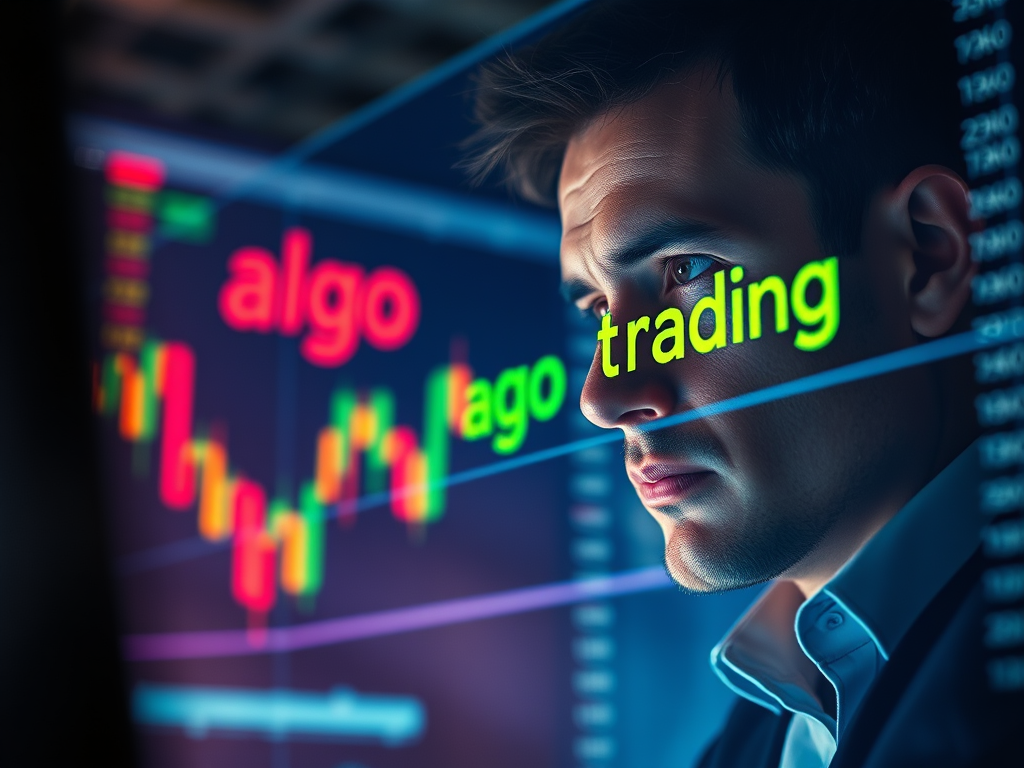Advantages of Algorithmic Trading: Why Traders Are Hooked

Algorithmic trading—often just called “algo trading”—has revolutionized the trading world, and it’s easy to see why. Imagine not having to sit in front of multiple screens all day, calculating entries and exits, while constantly fighting the emotional roller coaster of the market. Instead, imagine having a piece of software that does all that hard work for you, executing complex strategies at lightning speed with precision. It sounds like something from a dream, but for many traders today, it’s a reality.
One of the biggest advantages of algorithmic trading is its efficiency. Algorithms can analyze market conditions, monitor price changes, and execute trades in milliseconds—something that no human could ever achieve consistently. When we’re talking about high-frequency trading, this becomes a crucial factor. These trades happen in fractions of a second, and even a slight delay can mean the difference between profit and loss. For traders who love to maximize opportunities in every market tick, algo trading is their weapon of choice.
Emotional Control and Consistency
Another huge advantage is that algorithmic trading eliminates the “human element”—the emotional ups and downs that can often lead to poor trading decisions. Emotions like fear, greed, and anxiety have caused many traders to lose money simply by making impulsive decisions. Algorithms, however, are emotionless. They follow instructions to the letter, allowing trades to be executed without hesitation or doubt. This results in a level of consistency that’s hard to achieve even for the most disciplined human trader. In a world where consistency is key, this is a game-changer.
But it’s not just about speed and emotions; it’s also about backtesting. Algo traders can take historical data, run their strategies against it, and see how it would have performed. This is invaluable for fine-tuning an approach before putting real money on the line. Imagine being able to look back at years of data and see how your strategy would have handled each market scenario—that’s powerful. This gives you confidence that, once deployed, the algorithm will perform as expected.
Examples of Real-World Use
Take the case of market makers—they use algo trading to provide liquidity to the markets. By buying and selling assets at incredibly fast rates, they ensure the market stays efficient and active, making a small spread each time. Another example is the rise of retail trading bots, where even small-scale traders now have access to pre-built algorithms to manage their trades. Tools like MetaTrader, NinjaTrader, and more have democratized access, allowing regular traders to automate strategies they might struggle to execute manually.
But It’s Not All Perfect: The Downsides of Algo Trading
For all its benefits, algo trading does come with its own set of challenges. First off, algorithms rely on the availability of clean, real-time data. If there’s any glitch or lag in that data, it can lead to poor decision-making and substantial losses. Imagine running an algo that relies on price feeds to execute a strategy, but suddenly the data gets delayed by even just a second—it could mean a trade that should have been a profit becomes a loss. In the high-speed trading world, every millisecond counts.
Another major downside is the need for constant monitoring. Many people think they can just set up an algorithm and let it run without supervision, but that couldn’t be further from the truth. Markets are unpredictable, and even a highly optimized algorithm can encounter situations it wasn’t prepared for. If a flash crash occurs or there’s unexpected news that shakes the market, an unmonitored algo could lead to disastrous trades. Just think about the infamous Knight Capital incident in 2012, when a software glitch caused a loss of $440 million in 45 minutes. That event serves as a painful reminder of the importance of managing these systems carefully.
There’s also the complexity factor. Building a solid algorithm isn’t easy; it requires coding skills, market knowledge, and an understanding of technical indicators and risk management. Many retail traders find themselves overwhelmed by the technical side of things. Plus, even when everything is set up perfectly, algo trading doesn’t guarantee profits. It can lead to over-optimism, with traders feeling that their “magic code” will be their ticket to wealth, when in reality the market can always throw surprises.
Conclusion: A Balanced Perspective
The truth is, algorithmic trading offers incredible advantages—speed, efficiency, emotionless execution, and backtesting. These advantages give traders an edge in a fast-moving market. But like any tool, it needs to be used with caution. It’s not a magic bullet, and the risks of glitches, poor data, or unforeseen market events are very real.
As popular trader and tech enthusiast Jack Schwager once said, “Algorithms can be powerful tools, but they need human oversight. The moment we forget that is the moment we open ourselves to big, unexpected losses.” So, while algo trading brings a lot to the table, it’s crucial to always stay vigilant, and never let the machine do all the thinking for you.